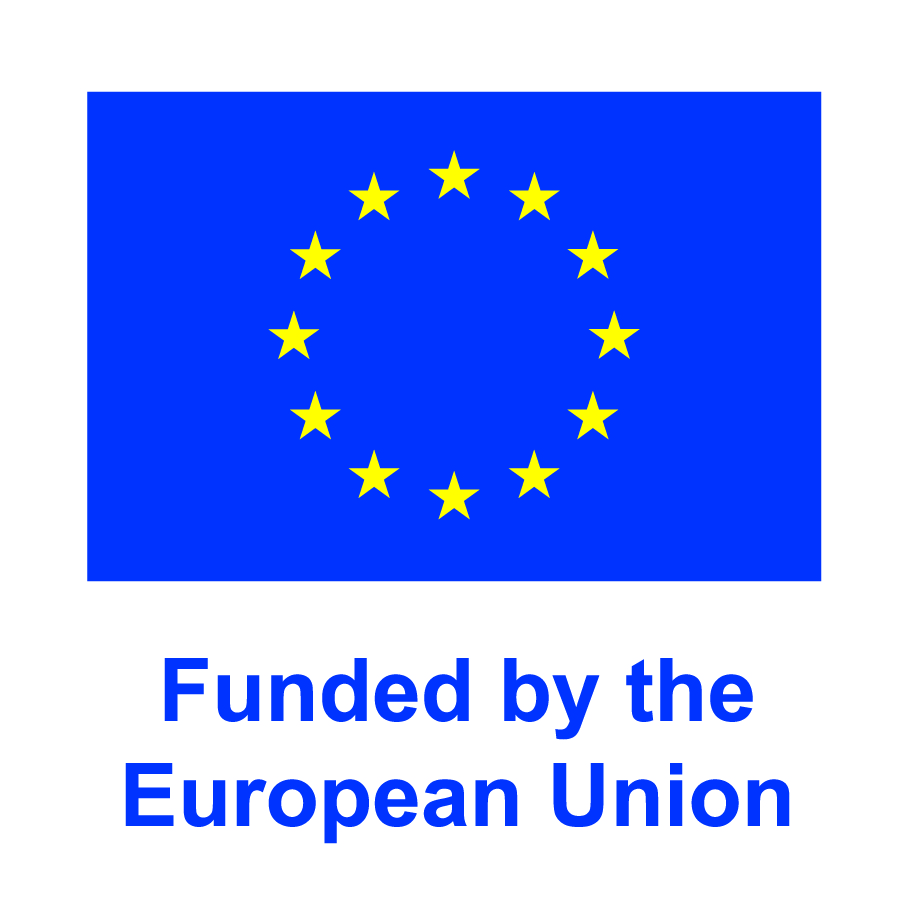About the NCAVES project

Photo by Vivek Sharma on Unsplash
Distinguishing features of the NCAVES project
- Full integration of the project with the global programme of work on the development, advancement and implementation of the SEEA EA, of UNSD feeding into the intergovernmental process of the UN Statistical Commission;
- Establishment of national ownership in project countries with national statistical offices (NSOs) and relevant partners taking full credit and responsibilities of the project outputs that have been released by NSOs;
- Promotion and fostering of collaboration at the national level within the NSO as well with other governmental and non-governmental stakeholders, leading to more collaborative modalities of operation;
- Global impact beyond the project countries through regional training, workshops, e-learning, guidelines and technical material developed for use by the global community;
- Close collaboration among partner organizations implementing the project, as well as with a number of partners that supported the development of the global project outputs of the project, including the environmental conventions (CBD, UNCCD), IPBES, WAVES/GPS, EU Institutions (e.g. EUFPI, DG-ENV, EU-JRC, EEA and ESA) as well as academia;
- A multi-lingual project team with lots of expertise on SEEA and policy mainstreaming of environmental-economic analyses, functioning as trusted partners and advisors of country teams.
Global Workstreams
The project was organized along several workstreams which include:
- Compiling ecosystem accounts: A range of ecosystem accounts - in both physical and monetary terms - have been piloted in the five project countries. The accounts have been subsequently applied in scenario analysis based on national policy priorities.
- Guidelines and methodology: the country pilots have been fed into the revision of the SEEA EEA and guidelines (on biophysical modelling, valuation, and scenario analysis) in order to contribute to national and global implementation of NCA.
- Indicators: Development and testing of a set of indicators in the context of the post 2020 Biodiversity Agenda and other international initiatives.
- Business accounts: Contribution to the alignment between SEEA and corporate sustainability reporting.
- Communications: Increase awareness of natural capital accounting both in project countries and beyond through developing a range of products.
- Enhanced capacity building and knowledge sharing: enlarging the community of practitioners on natural capital accounting by e-Learnings and training workshops (in country and regional)


